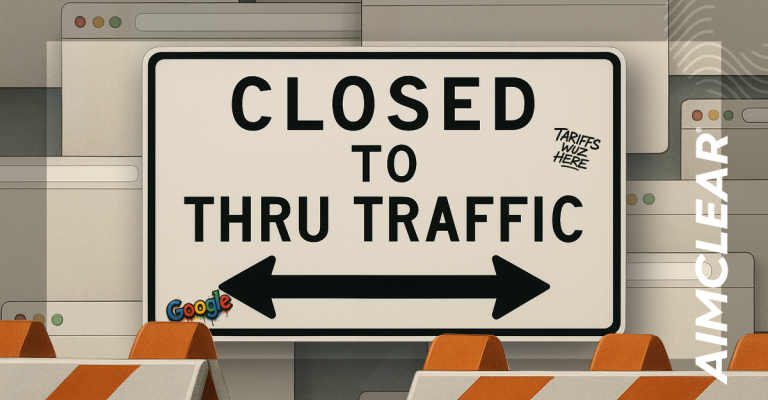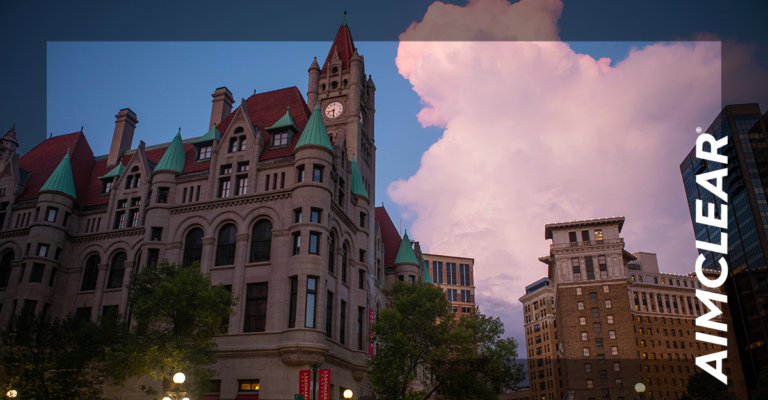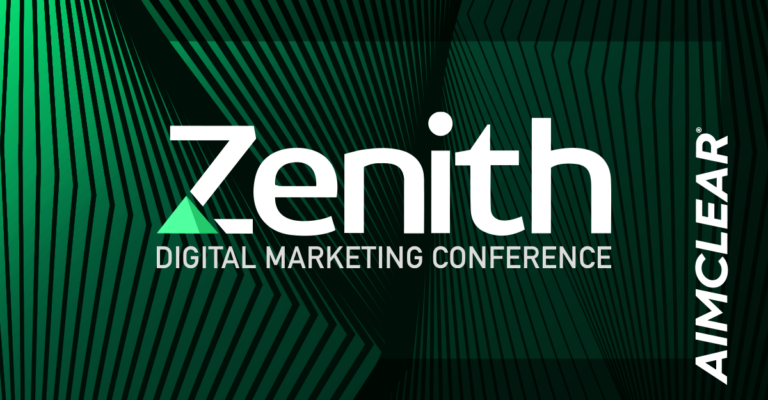As we content marketers seek new distribution methods, we’re after programs that:
- Drive targeted & scalable social psychographic traffic to content that convertsEarn real links from sites with good domain authority
- Generate authentic social signals from real users of good authority
- Insulate our sites from harsh search engine algorithm updates
- Distribute PR content to journalists, bloggers, and a myriad focused media-role users
In case you haven’t noticed the buzz kill, it’s practically Armageddon out there, at least for some last gen marketers. For SEO practitioners who don’t know what they’re doing anymore 2013 SEO is brutal man, just brutal. Google’s veritable Jihad against link spammers and outdated link building tactics is finally working to a greater extent. Search engines in general are building better bullsh*t detectors than ever before.
Social marketers feel the same pain. It used to be pretty much free to distribute content by way of social sharing. That’s no longer the case now that social media channels have neutered and spayed free distribution in favor of organic looking ad units. Get it? A substantial percentage of any social media page looks organic but is actually laced with paid content blocks that look very similar to what they did when formally free. Hence the moniker, “Paid organic.”
The good news is that for marketers adept in organic, paid and paid-organic distribution of awesome content the living is high baby! Pitching for links only with email and phone calls is SO 2011! There’s plenty of good ol’ #SEO links to go around for authentic and talented content marketers who understand the current distribution paradigm.
Since so much of SEO is contingent on actual quality links and true social signals, there’s nothing to be afraid of for evolved content marketers. Great content properly distributed yields signals and links. We’ve seen this proven over and over.
To begin, the foundation of great content marketing is…well… tremendously useful content advised, tailored and tuned by the very audiences to which we expect will consume it. All the classic caveats apply: How does the content serve users and why will they care? How does the content demystify, serve, remove barriers to conversion and move users towards the purchase funnel in attributable steps?
This post is not about creating great content. We assume you already know how to create content that works. Content that “works” means to say that “If the right user sees the content then the user will value the content on some level and have a propensity to somehow act.” Also “Good things will happen from content touches including users sharing, linking, and converting via content-as-the-living-landing-page. Rather, this post is all about how to get MORE, much more, out of your terrific content.
Recently Forbes magazine caught up with AIMCLEAR‘s social distribution tactical successes online, and highlighted one of our client’s case studies to readers. The article by Neal Rodriguez details our team’s integrated techniques to amplify on-site content marketing winners for conversion. The attention was gratifying since we see stellar results over and over with our clients and have been evangelizing these distribution tactics for years.
The Forbes article focused on paid-organic distribution for CPA KPI conversions using content as a vessel. Content marketing conversion amplified with paid-organic social distribution is cool enough in itself.
However conversion is only half the groovy story. Paid-organic content social content distribution also spawns transformational SEO benefits. Let’s explore the (most delightful) “other side” of the paid-organic content distribution story, SEO. Yep, we’re talking about the social signals and links you need for SEO.
Starting With Facebook
Here’s how it works. Social media distribution in Facebook used to be mostly free. Content placed on your wall was seen by many people without marketers needing to pay. Now Facebook has learned to monetize the distribution of “organic” content, even to most users who liked your page. You have to pay to play using Page Post Ads and Sponsored Stories or a relatively small amount of FB users will see your content.
The good news is that it’s relatively inexpensive to “re-enable” organic features to dominate. The Page Post Ads look organic. Some FB users are bothered but most don’t seem to care. If your content is good enough to earn conversion, then it can be amplified. For the most part, if you’re not amplifying content on your social walls, few focused users will see the content, relative to available psychographic audiences.
The graph below shows the conversion effect. From September to December the content was marketed by organic (not paid) search and social methods. Take note that the content did earn organic conversions. In January and February we dialed in paid-organic distribution to occupational psychographics. You’ll see that conversion scaled right along with the traffic lift.
Anything great about content marketing can be amplified. If you’re not doing paid-organic social content distribution, no matter how strong the organic distribution (non paid), the content is wasted compared to the exposure it could receive for relatively small money. You’re leaving money on the table from traffic, buzz, links and conversion.
Modern Link Building That Google Loves & Nearly Always Works
Well-executed organic amplification of relevant content nearly always results in links. Marketers are already learning to ditch old style link building efforts in favor of paid-organic link building to earned psychographic audiences, bloggers and journalists. We tell our clients to spend their money building more effective content and distributing it to social psychographic segments.
Let’s think it through. The best way to earn links is to ensure that “backlink ready” audiences with an affinity for your business’s wares to consume your content. Paid organic amplification gets content in front of many more targeted users. Page post and feed ads in Facebook perform nearly as corresponding organic page units sometimes even better.
Also, well-targeted content traffic from a FB page post ad performs on your site much the same as “intent” search keywords. That means users spend copious time on site, page views per visit, bounce rate and (yes) conversion. CONTENT is what has always earned links.
Not Just Facebook
Most mainstream social platforms are going this way by creating advertising products to pimp content. For instance new DIY targeting in Twitter is making radically focused paid-organic content amplification possible. Twitter is more aggressive and transparent than Facebook when it comes letting users know that promoted tweets are paid. Still, users accept the ads just fine and promoted Tweets perform very well.
Twitter targeting methods are hot, which we’ll cover here in AIMCLEAR Blog in coming days. One method is to target followers of users who follow other people.
Master Social PR For SEO
Content amplification to occupational media roles is a new staple of the modern distribution and link building. AIMCLEAR was early in evangelizing the notion of paid-organic distribution of content to publications, bloggers, journalists, editors, morning show anchors and most every other media role. It works so very well, often resulting in interviews, links and media attention.
Savvy PR pros know that they can target media players at specific publications from USA Today and the Washington Post to Conde Nast. Think of it as inbound PR. Next time you want the media to consume your content. Make sure they see it! Similar targeting is easily deployed using paid Twitter and LinkedIn.
Worry Less About Google Algorithm Updates Trashing Content. Prepare your content strategy to sail through SEO updates with less stress. The techniques shared in this post will insulate you from future Google inquisitions. The social signals generated and links earned are real users consuming your content. That’s what Google wants, right?
“Paid organic” social content distribution may be the most misunderstood and underused tactic in all of online marketing today. Distributing content that lives on your site by amplifying it to select psychographics via social walls is the greatest only-lightly contested marking opportunity since 2002, when Google AdWords was released. Understanding and actualizing this tactic means to dominate with content marketing. Better yet, well-targeted traffic to content from social channels yields conversions, likes, follows and other good things.
Literally, SEO link building agencies that don’t use these tactics risk going out of business of losing their jobs. Agencies that do not adapt to the new link-building paradigm may not survive. Sites bolstered by old link building methods wilted or tanked when Panda and Penguin hit. This reality has hurt many.
It should be noted that paid-organic social content distribution does not replace good old-fashioned public relations and P2P outreach. Human to human marketing will always work. That said, we believe the methodology outlined in this post is well on its way to becoming the defacto best practices model for most business that sell with content and a crucial element of success. For SEO most businesses need to sell with content. We believe PR companies will adopt these practices as standard fare in the future. Good ones already are.
You may be resistant to paying Facebook, Twitter, LinkedIn, Reddit and other channels today to distribute your content. You won’t feel that way very soon because paid-organic social content distribution is most marketers new job description. It takes care of so many pieces of the puzzle, from PR and link building to traffic, loyalty and conversion. Link building is dead. Long live the new link building!
Header image © Argus – Fotolia dot com















